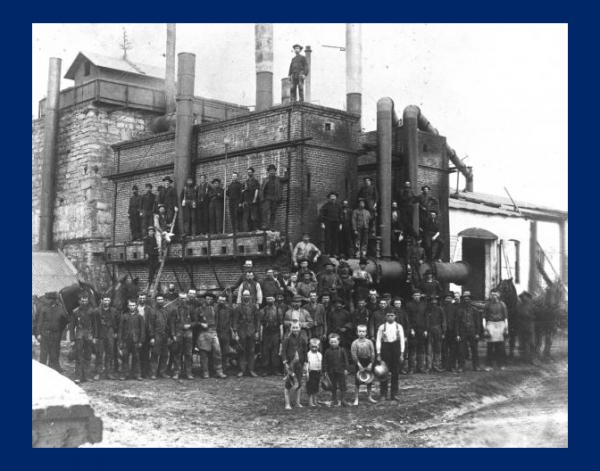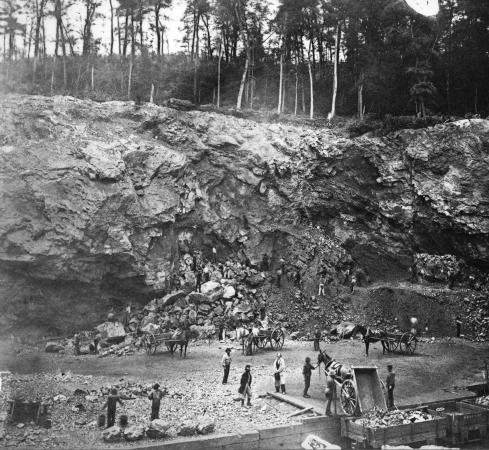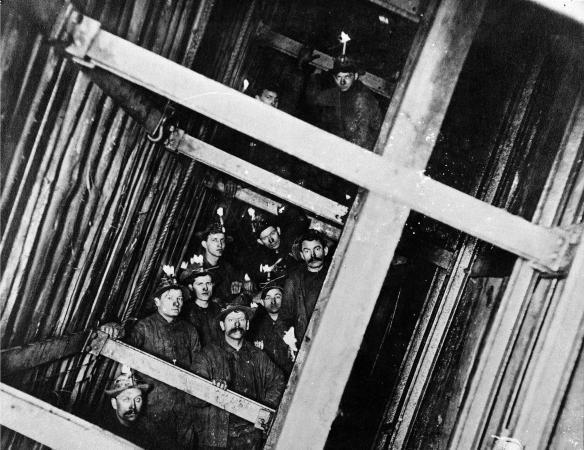Why the U.P.?
Hancock (left) and Houghton (right), ca. 1905. Detroit Publishing Co.
Image courtesy of Library of Congress
In 1840, Douglas Houghton, the geologist for the State of Michigan returned to the Upper Peninsula to continue his survey of mineral resources in the region. At the time, the U.P. was still a largely an undeveloped landscaped of forests, swamps, hills, lakes, and streams. Where Native American settlements were scattered throughout the region, only communities such as Salt Ste. Marie, St. Ignace and Mackinac Island boasted any European settlers, mostly connected with the fur trade. However, in 1841, Houghton released his study, stating that "the copper ores are not only of superior quality, but also that their associations are such as to render them easily reduced." This report would start a mining boom unlike any the United States had ever seen.
Over the net twenty years, especially after the opening of the Soo Locks in 1855, mining operations and the towns they supported began to spring up along the spine of the Keweenaw and Marquette Iron Range. This would be followed by mines in the Menominee Range of Dickinson and Iron Counties and the Gogebic Range in the western U.P. in addition to the mining operations, there was a massive need for lumber to support not only the mines but for building towns as well.
What these operations needed more than capital was workers. Immigration to the United States had been increasing every year during the early part of the 19th century and jobs created by mining and logging operations in the U.P. and beyond created a new need for workers. There simply weren't enough available American born laborers to run these operations. The need for workers, and the desire of many to escape the problems in their home countries, would lead millions of people to come to North America to start a new life. Places like the Upper Peninsula would be changed in ways that its original residents and settlers could not have imagined.
Images courtesy of Jack Deo, Superior View Images, unless identified otherwise.



